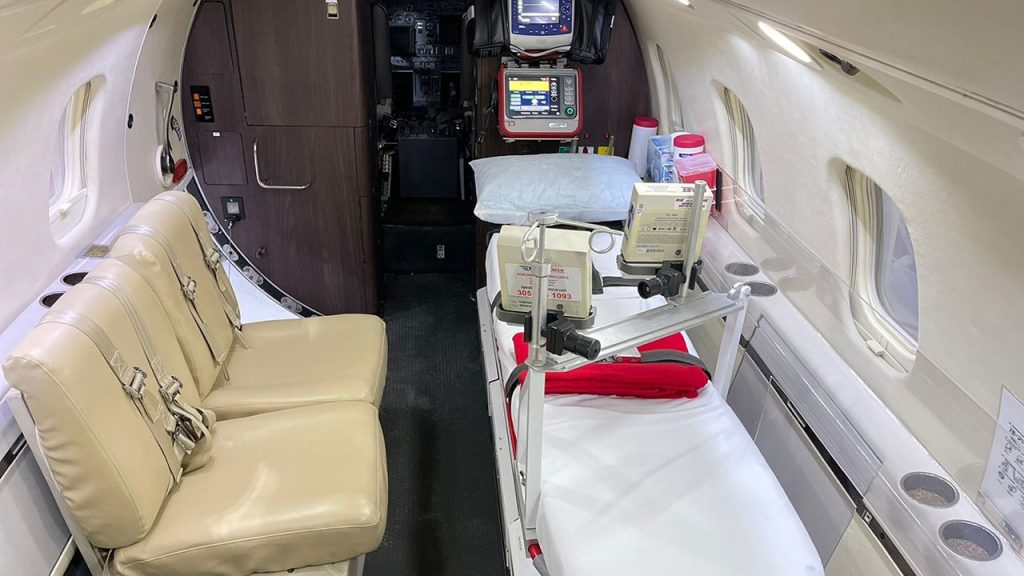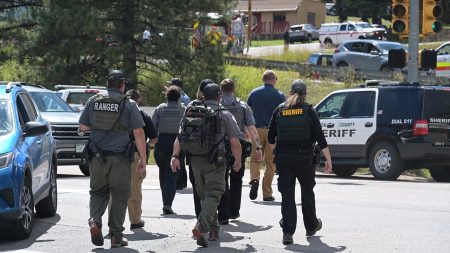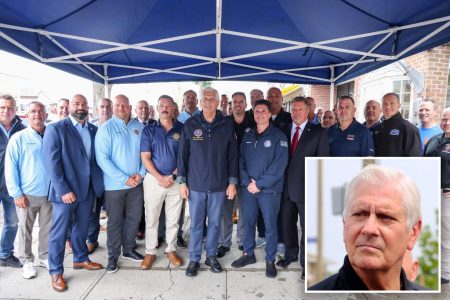The Aftermath of a Philadelphia Medevac Jet Crash: A Detailed Examination
On a Friday evening, the skies over Philadelphia witnessed a tragedy unfold as a medevac jet, operated by Jet Rescue Air, crashed shortly after takeoff from Northeast Philadelphia Airport. The incident claimed the lives of seven individuals, including four crew members, a pediatric patient, and her mother, all Mexican nationals. An additional 19 people sustained injuries in the crash, which occurred near Roosevelt Mall, sending shockwaves through the community and raising immediate questions about the circumstances surrounding the event.
Jet Rescue Air, in the wake of the disaster, released photographs offering a glimpse into the interior of the ill-fated Learjet 55. The images reveal a specialized "flying ICU setting," equipped to provide critical care during transport. A stretcher, draped in a white sheet, dominates the scene, surrounded by an array of medical equipment designed to monitor vital signs and administer treatment. Two seats are positioned alongside the stretcher, facing towards it, while another pair of seats is located near the foot of the stretcher. These visuals provide a stark contrast to the mangled wreckage seen in the aftermath of the crash, highlighting the devastating transformation from a life-saving environment to a scene of tragedy.
The company also released a picture of a black box, clarifying that it was not the one from the crashed jet, but rather an example of what investigators were seeking. The black box, a crucial piece of evidence, contains voice recordings of pilot communications with the control tower and internal conversations between the pilots themselves. Recovering this device is paramount in reconstructing the events leading up to the crash and potentially shedding light on the cause.
Prior to the crash, Jet Rescue Air maintained that there were no indications of any issues with the aircraft. Shai Gold, a company representative, described the Learjet 55’s maintenance records as "impeccable" and emphasized the company’s adherence to manufacturer specifications. He further underscored the experience and qualifications of the crew, describing them as "the best of the best" and highlighting their meticulousness and seasoned expertise. These assertions, while reassuring in intent, raise further questions in light of the tragic outcome. What could have gone wrong despite these precautions?
The crash raises numerous questions about the safety protocols and procedures surrounding medevac flights. While Jet Rescue Air has asserted their adherence to stringent regulations, the accident necessitates a thorough investigation to determine whether any oversights or unforeseen factors contributed to the tragedy. The investigation, likely to involve the National Transportation Safety Board (NTSB), will explore various aspects, including pilot performance, mechanical integrity of the aircraft, weather conditions, and air traffic control procedures. The search for the black box will be instrumental in this process.
The victims of this tragedy, a family seeking medical care for their child, and the dedicated crew members who perished alongside them, serve as a somber reminder of the inherent risks associated with air travel, even in specialized medical transport scenarios. The investigation into this crash will not only seek to determine the cause but also to contribute to enhancing safety measures and preventing future tragedies of this nature. The families and communities affected by this devastating loss deserve answers, and the aviation industry as a whole must learn from this incident to ensure the safety of future medevac operations.










